 |
|
|
|
"The loss of species, ecosystems and genetic diversity is already a global and generational threat to human well-being. Protecting the invaluable contributions of nature to people will be the defining challenge of decades to come. Policies, efforts and actions - at every level - will only succeed, however, when based on the best knowledge and evidence. This is what the IPBES Global Assessment provides." - Sir Robert Watson, IPBES Chair.
The total and abject failure of adults to protect their children and their children's children, cannot be more exposed than by plastic pollution of the whole planet already well established and of air pollution which is the single greatest cause of climate change as a result of global warming. Yet is has taken civil disobedience by Children to finally focus the minds of governments across the globe, as a result of one simple act - bunking off school! The political movements, for political movements they are, aimed at convincing the world that we are in climate crisis that could end all human life on this one planet; has culminated last month in the movement entitled Extinction Rebellion. With teenagers who are also environmental activist such as Greta Thunberg from Sweden and Izzy Warren in the UK highlighting, all generations are now actively involved in demanding the saving of our future existence from industries and products that produce pollutants, chemicals, and are literally killing off over 1 million species of life on this planet. The current capitalist system based on greed and ever increasing financial gain and the need for continued economic growth, is what is fuelling the current epidemic of material wealth above even our future existence as a human race; is being blamed as the single cause of our predicament and that of our children's future.
Such a situation makes the likes of many science fiction novels about the extinction of the human race look very prophetic indeed! Previous calls for, and now by the UN for “transformational change” in the way we respond to the climate crisis, is backed by children in schools, in their homes, and in the streets of every city across the globe, but we are yet to hear and see true revolutionary action from industry and politicians, and indeed from consumers across the world. The Intergovernmental Science-Policy Platform on Biodiversity and Ecosystem Services (IPBES) has issued their latest report of which a detailed 'Summary for Policy Makers', highlighting key messages, findings and options, was publicly launched at UNESCO world headquarters in Paris, yesterday Monday, 6 May 2019. The first global biodiversity assessment since 2005 was presented to the 132 of the world's Government leaders yesterday, 6th May 2019. This is the first ever that is inter-governmental and one which was presented to representatives of 132 Governments for consideration of approval in May 2019. The full press release from the IPBES to mark the launch of the report, makes for very stark reading, and deservedly so when you look at the evidence of human behaviour which is causing the gradual decline and eventual extinction of all life on our planet. It is reproduced here in full: Nature’s Dangerous Decline ‘Unprecedented’ * Current global response insufficient; Nature is declining globally at rates unprecedented in human history — and the rate of species extinctions is accelerating, with grave impacts on people around the world now likely, warns a landmark new report from the Intergovernmental Science-Policy Platform on Biodiversity and Ecosystem Services (IPBES), the summary of which was approved at the 7th session of the IPBES Plenary, meeting last week (29 April – 4 May) in Paris.
“The Report also tells us that it is not too late to make a difference, but only if we start now at every level from local to global,” he said. “Through ‘transformative change’, nature can still be conserved, restored and used sustainably – this is also key to meeting most other global goals. By transformative change, we mean a fundamental, system-wide reorganization across technological, economic and social factors, including paradigms, goals and values.” “The member States of IPBES Plenary have now acknowledged that, by its very nature, transformative change can expect opposition from those with interests vested in the status quo, but also that such opposition can be overcome for the broader public good,” Watson said. The IPBES Global Assessment Report on Biodiversity and Ecosystem Services is the most comprehensive ever completed. It is the first intergovernmental Report of its kind and builds on the landmark Millennium Ecosystem Assessment of 2005, introducing innovative ways of evaluating evidence. Compiled by 145 expert authors from 50 countries over the past three years, with inputs from another 310 contributing authors, the Report assesses changes over the past five decades, providing a comprehensive picture of the relationship between economic development pathways and their impacts on nature. It also offers a range of possible scenarios for the coming decades. Based on the systematic review of about 15,000 scientific and government sources, the Report also draws (for the first time ever at this scale) on indigenous and local knowledge, particularly addressing issues relevant to Indigenous Peoples and Local Communities.
“Biodiversity and nature’s contributions to people are our common heritage and humanity’s most important life-supporting ‘safety net’. But our safety net is stretched almost to breaking point,” said Prof. Sandra Díaz (Argentina), who co-chaired the Assessment with Prof. Josef Settele (Germany) and Prof. Eduardo S. Brondízio (Brazil and USA). “The diversity within species, between species and of ecosystems, as well as many fundamental contributions we derive from nature, are declining fast, although we still have the means to ensure a sustainable future for people and the planet.” The Report finds that around 1 million animal and plant species are now threatened with extinction, many within decades, more than ever before in human history. The average abundance of native species in most major land-based habitats has fallen by at least 20%, mostly since 1900. More than 40% of amphibian species, almost 33% of reforming corals and more than a third of all marine mammals are threatened. The picture is less clear for insect species, but available evidence supports a tentative estimate of 10% being threatened. At least 680 vertebrate species had been driven to extinction since the 16th century and more than 9% of all domesticated breeds of mammals used for food and agriculture had become extinct by 2016, with at least 1,000 more breeds still threatened.
To increase the policy-relevance of the Report, the assessment’s authors have ranked, for the first time at this scale and based on a thorough analysis of the available evidence, the five direct drivers of change in nature with the largest relative global impacts so far. The Report notes that, since 1980, greenhouse gas emissions have doubled, raising average global temperatures by at least 0.7 degrees Celsius – with climate change already impacting nature from the level of ecosystems to that of genetics – impacts expected to increase over the coming decades, in some cases surpassing the impact of land and sea use change and other drivers. Despite progress to conserve nature and implement policies, the Report also finds that global goals for conserving and sustainably using nature and achieving sustainability cannot be met by current trajectories, and goals for 2030 and beyond may only be achieved through transformative changes across economic, social, political and technological factors. “To better understand and, more importantly, to address the main causes of damage to biodiversity and nature’s contributions to people, we need to understand the history and global interconnection of complex demographic and economic indirect drivers of change, as well as the social values that underpin them,” said Prof. Brondízio. “Key indirect drivers include increased population and per capita consumption; technological innovation, which in some cases has lowered and in other cases increased the damage to nature; and, critically, issues of governance and accountability. A pattern that emerges is one of global interconnectivity and ‘telecoupling’ – with resource extraction and production often occurring in one part of the world to satisfy the needs of distant consumers in other regions.” Other notable findings of the Report include:
The Report also presents a wide range of illustrative actions for sustainability and pathways for achieving them across and between sectors such as agriculture, forestry, marine systems, freshwater systems, urban areas, energy, finance and many others. It highlights the importance of, among others, adopting integrated management and cross-sectoral approaches that take into account the trade-offs of food and energy production, infrastructure, freshwater and coastal management, and biodiversity conservation. Also identified as a key element of more sustainable future policies is the evolution of global financial and economic systems to build a global sustainable economy, steering away from the current limited paradigm of economic growth.
“IPBES presents the authoritative science, knowledge and the policy options to decision makers for their consideration,” said IPBES Executive Secretary, Dr. Anne Larigauderie. “We thank the hundreds of experts, from around the world, who have volunteered their time and knowledge to help address the loss of species, ecosystems and genetic diversity – a truly global and generational threat to human well-being.” Here is just one example of the damage being done by current human behaviour and our exploitation of the planet: Species, Populations and Varieties of Plants and Animals
But in just one area of our activity, major change in our everyday habit of throwing away cans, plastics and paper into the street and on buses and trains is desperately needed; the use of plastics.
Way back in the 1970s people would leave plastic packaging in the shops and supermarkets from the products they bought as a way of demonstrating against the needless use of such packaging. Perhaps now it is time for such actions to be taken by everyone, in order to send a clear message to those who produce and use pollutants such as plastics; that they must change their ways and help protect the human race from extinction! Source: IPBES / unionsafety / PA / AP /Getty / AFP / Channel 4 News You can download the IPBES Summary Report on Bio-diversity publisherd yesterday here For more information, go to the 'Climate Change' section of the Unionsafety E-Library
|

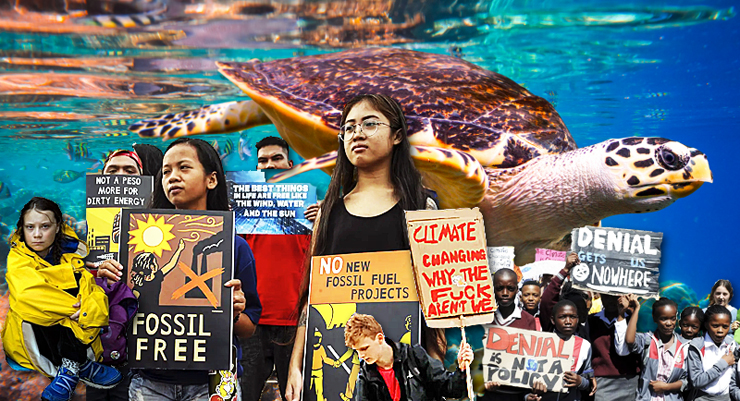
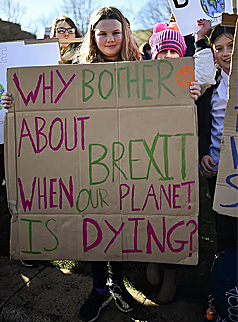 This week, the United Nations have produced a damning and horrific report into bio-diversity and the threat of 1 million species of insects, plants, birds, fish and mammals (including us!) becoming extinct in the next few short years.
This week, the United Nations have produced a damning and horrific report into bio-diversity and the threat of 1 million species of insects, plants, birds, fish and mammals (including us!) becoming extinct in the next few short years.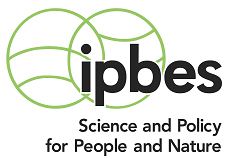
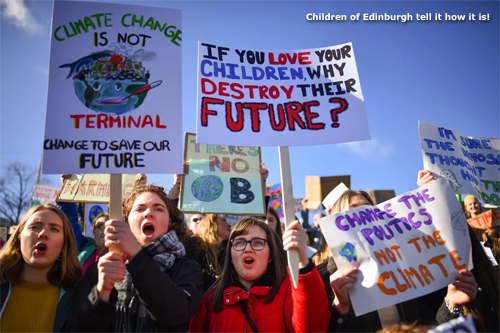
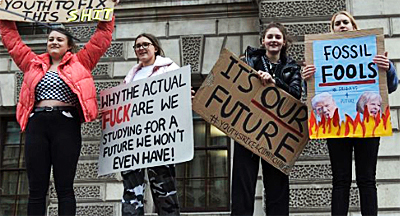 “Ecosystems, species, wild populations, local varieties and breeds of domesticated plants and animals are shrinking, deteriorating or vanishing. The essential, interconnected web of life on Earth is getting smaller and increasingly frayed,” said Prof. Settele. “This loss is a direct result of human activity and constitutes a direct threat to human well-being in all regions of the world.”
“Ecosystems, species, wild populations, local varieties and breeds of domesticated plants and animals are shrinking, deteriorating or vanishing. The essential, interconnected web of life on Earth is getting smaller and increasingly frayed,” said Prof. Settele. “This loss is a direct result of human activity and constitutes a direct threat to human well-being in all regions of the world.”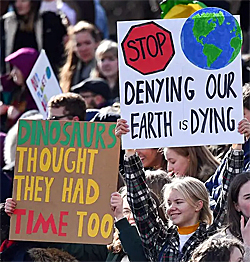 The value of agricultural crop production has increased by about 300% since 1970, raw timber harvest has risen by 45% and approximately 60 billion tons of renewable and nonrenewable resources are now extracted globally every year – having nearly doubled since 1980.
The value of agricultural crop production has increased by about 300% since 1970, raw timber harvest has risen by 45% and approximately 60 billion tons of renewable and nonrenewable resources are now extracted globally every year – having nearly doubled since 1980.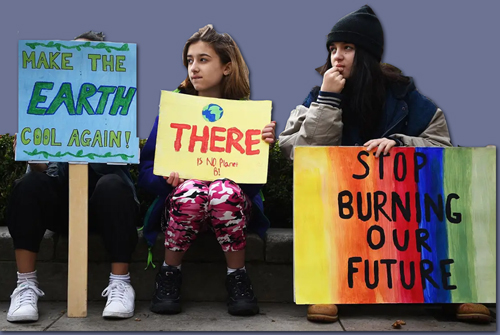
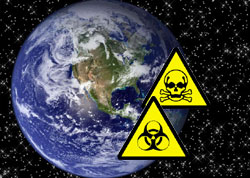 25%: average proportion of species threatened with extinction across terrestrial, freshwater and marine vertebrate, invertebrate and plant groups that have been studied in sufficient detail
25%: average proportion of species threatened with extinction across terrestrial, freshwater and marine vertebrate, invertebrate and plant groups that have been studied in sufficient detail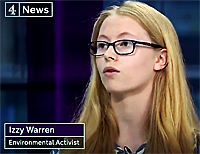 With major food companies and supermarkets still using, and in the case of the likes of Lidl, increasing their use of plastics to wrap fruit and vegetables, meat and poultry; consumers have now got no choice than to make their support for for our future and that of the planet; known via their own individual action.
With major food companies and supermarkets still using, and in the case of the likes of Lidl, increasing their use of plastics to wrap fruit and vegetables, meat and poultry; consumers have now got no choice than to make their support for for our future and that of the planet; known via their own individual action.